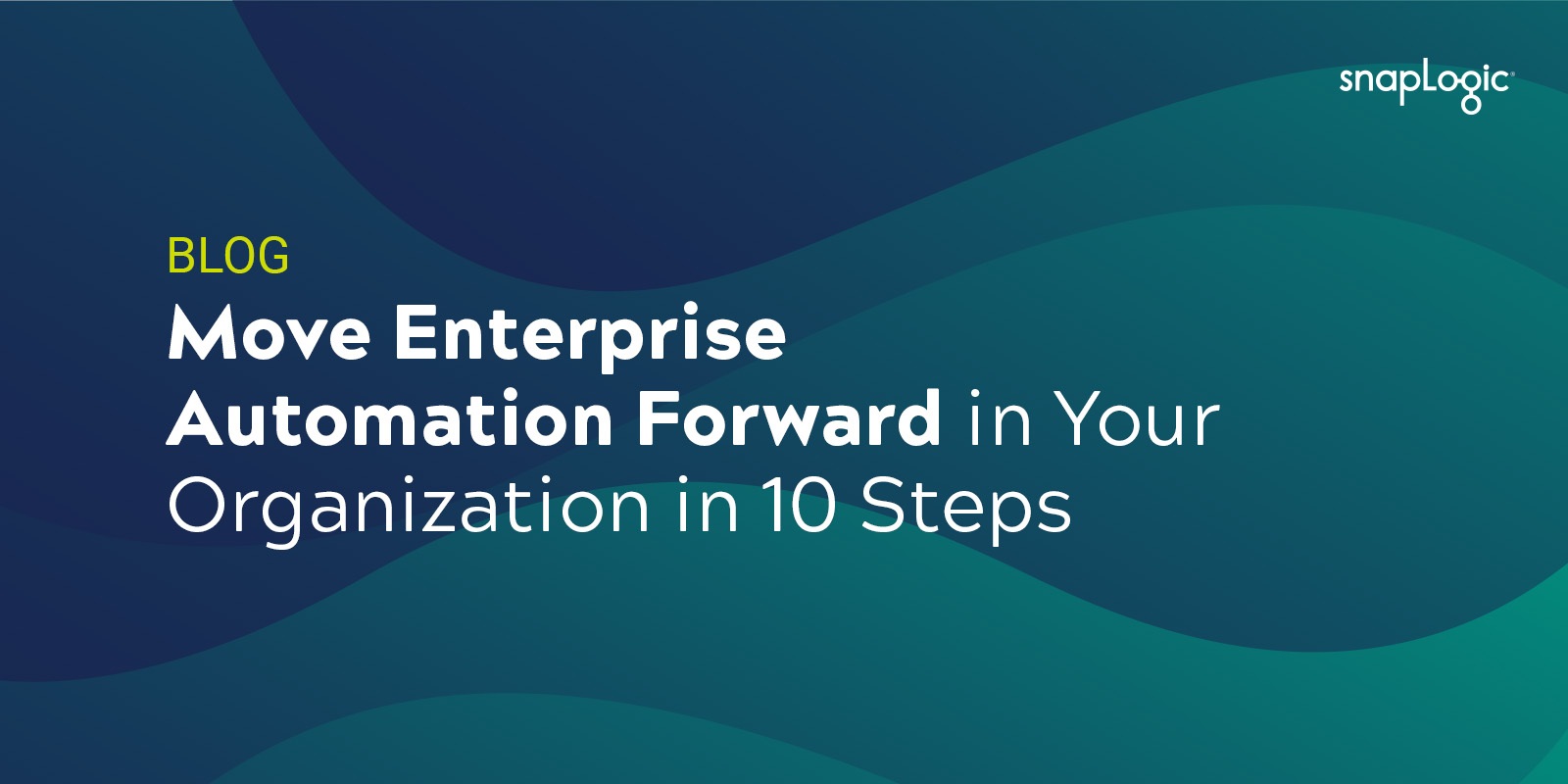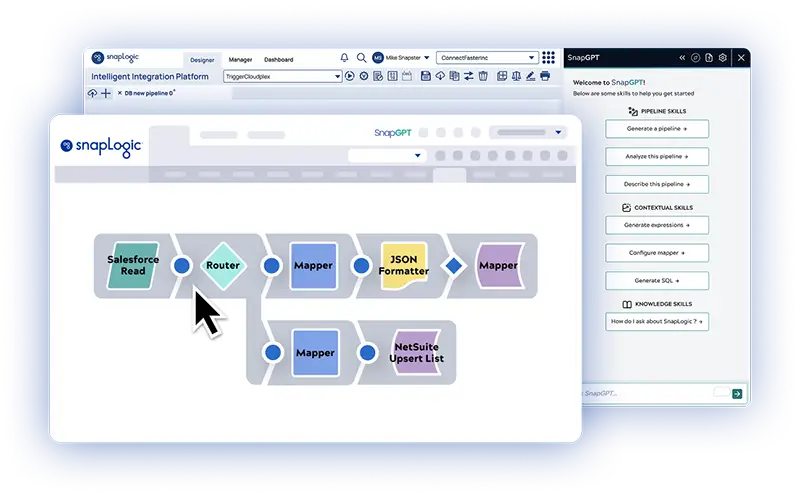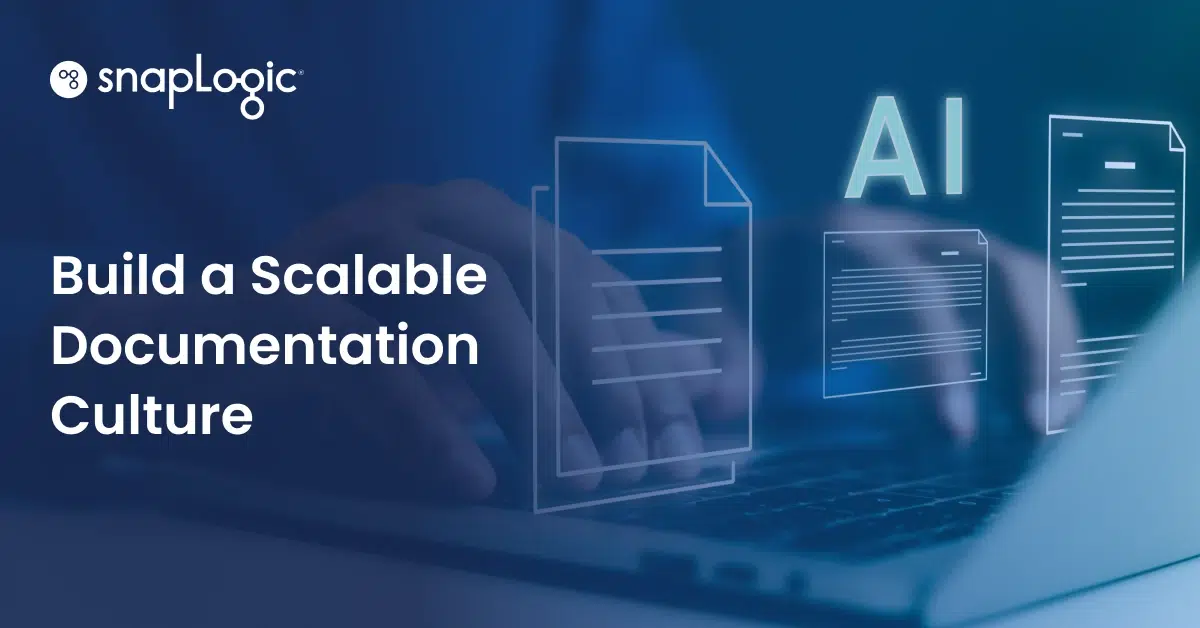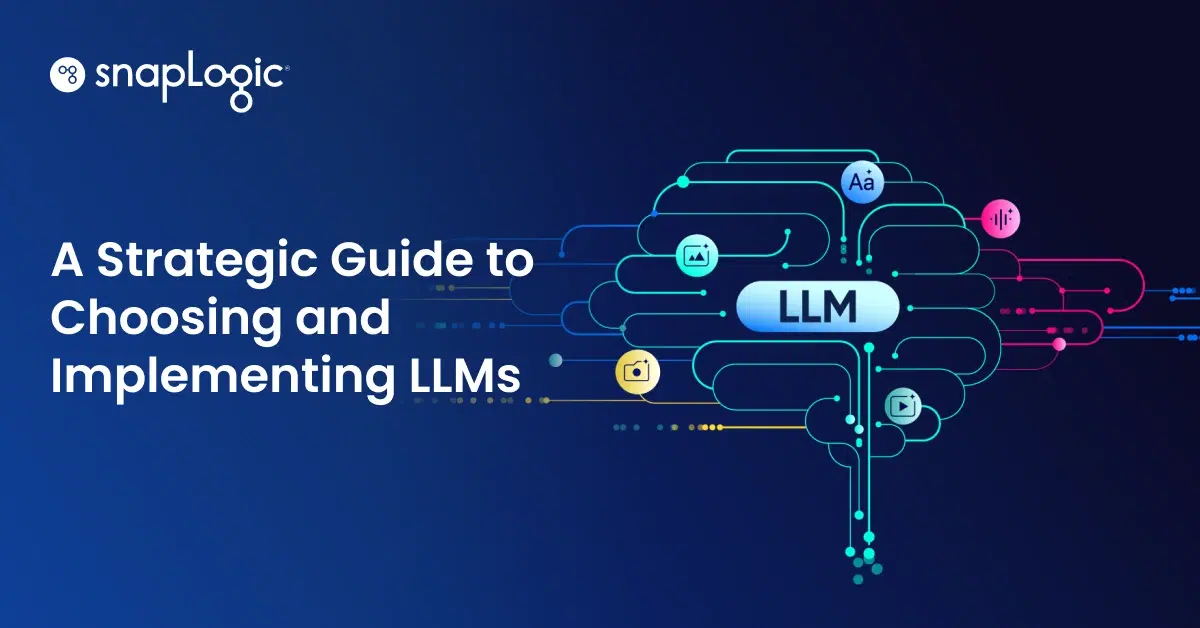Enterprise automation depends on integrating your data and apps to improve business processes, workflows, and to optimize real-time business agility and responsiveness. Organizations are in the process of moving through an enterprise automation journey, but many are just in the beginning stages. Whether you’re ready to accelerate digital transformation or you’re more advanced and want to show other parts of the business the value of an automation platform and processes, there are steps that you can take to move toward those goals.
It comes down to careful planning and an automation strategy that will lead you to choosing the right automation tools that will best support your goals. In our ebook, we’ve put together 10 steps to take to advance automation in your enterprise. Here’s a preview of the first four steps. (To read the full 10 steps, download the ebook.)
1. It pays to do your homework
The stakeholders involved in purchase decisions will want to know how automation will impact revenue, and making the use case for automation starts with evaluating what is currently not working as well as it could be. This can be hard to know, given an organization’s tendency to keep doing what they’ve always done because that’s the way they’ve done it. A fresh set of eyes can do wonders in looking at current workflows, back-office business processes, and the various apps that employees need to use to get work done.
Remember, automation is all about removing obstacles and making work easier, more streamlined, and less repetitive. It’s about reducing and eliminating manual labor, and employing automation technologies that use artificial intelligence to make the end user experience intuitive, intelligent, and time-saving. Ultimately, automation impacts user and customer experience — which is where every company must place focus to remain competitive.
Ask employees where they see the bottlenecks and what first felt cumbersome when they started working. Look for patterns and the big picture — where will improvements ripple out to have bigger impacts on the business and user experience? Pick your top use cases.
2. Get the right people involved
For enterprise automation to succeed, you need to make sure you have the right people onboard and involved in the process. Make a list of executives, decision makers, and influencers who have a say in the vendor selection process, or who benefit from connecting the enterprise and automating business processes. Check in with individual users, too. Ask who else needs to be involved, to be sure key people are not overlooked.
3. Outline desired outcomes
A good automation strategy starts with the end result and works backwards. What is the ideal outcome? What do you want to change and experience through your automation initiatives? A modern integration platform is supercharged with intelligent automation capabilities that empower you and users to reduce friction in your process flows. Ask the teams you support to validate the outcomes desired and solidify this as part of your business use case.
4. Prepare for tomorrow
You need an enterprise automation software or automation platform that will stand the test of time. Your automation needs will evolve and the tools you select should evolve with you. It’s important to expect change and bake evolution into your plans and discuss this with every vendor you consider. It will also be more appealing to the Revenue executives, as they’ll see long-term benefits from the investment…
Download the ebook to learn the remaining steps including:
5. Establishing Success Metrics
6. Identifying Applications, Data Sources, and Other Systems of Record
7. Identifying Data Repositories, Analytics Platforms, and Other Destination Endpoints
8. Evaluating Solutions
9. Research, Research, Research
10. Execution









